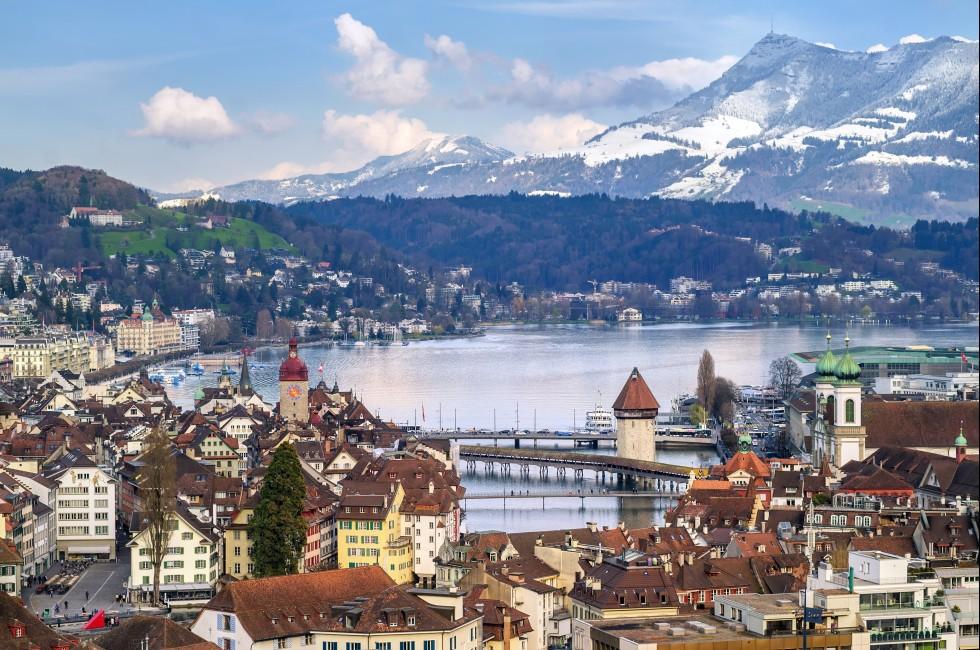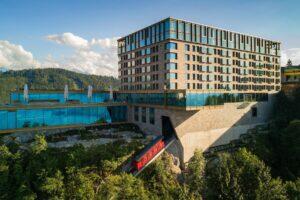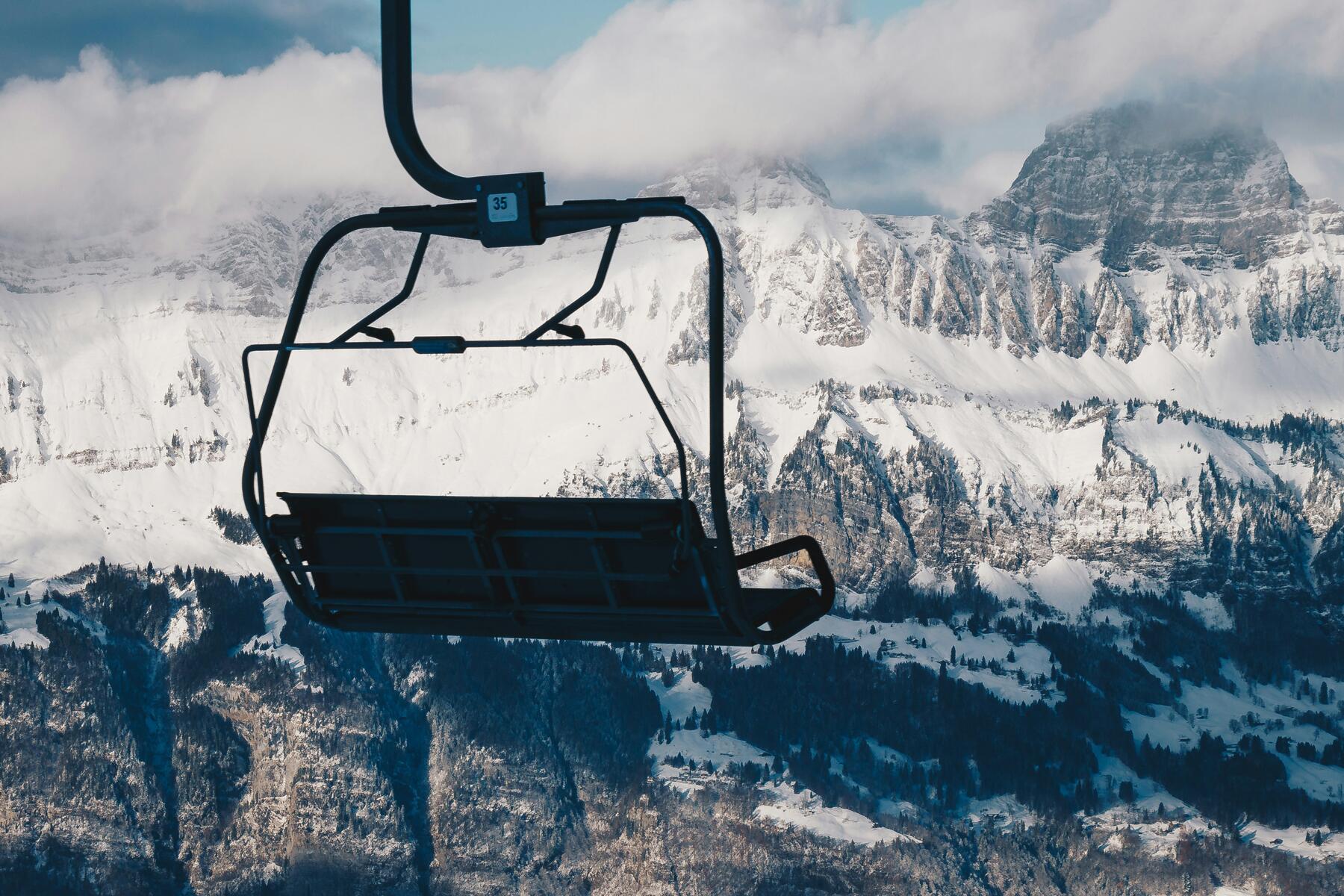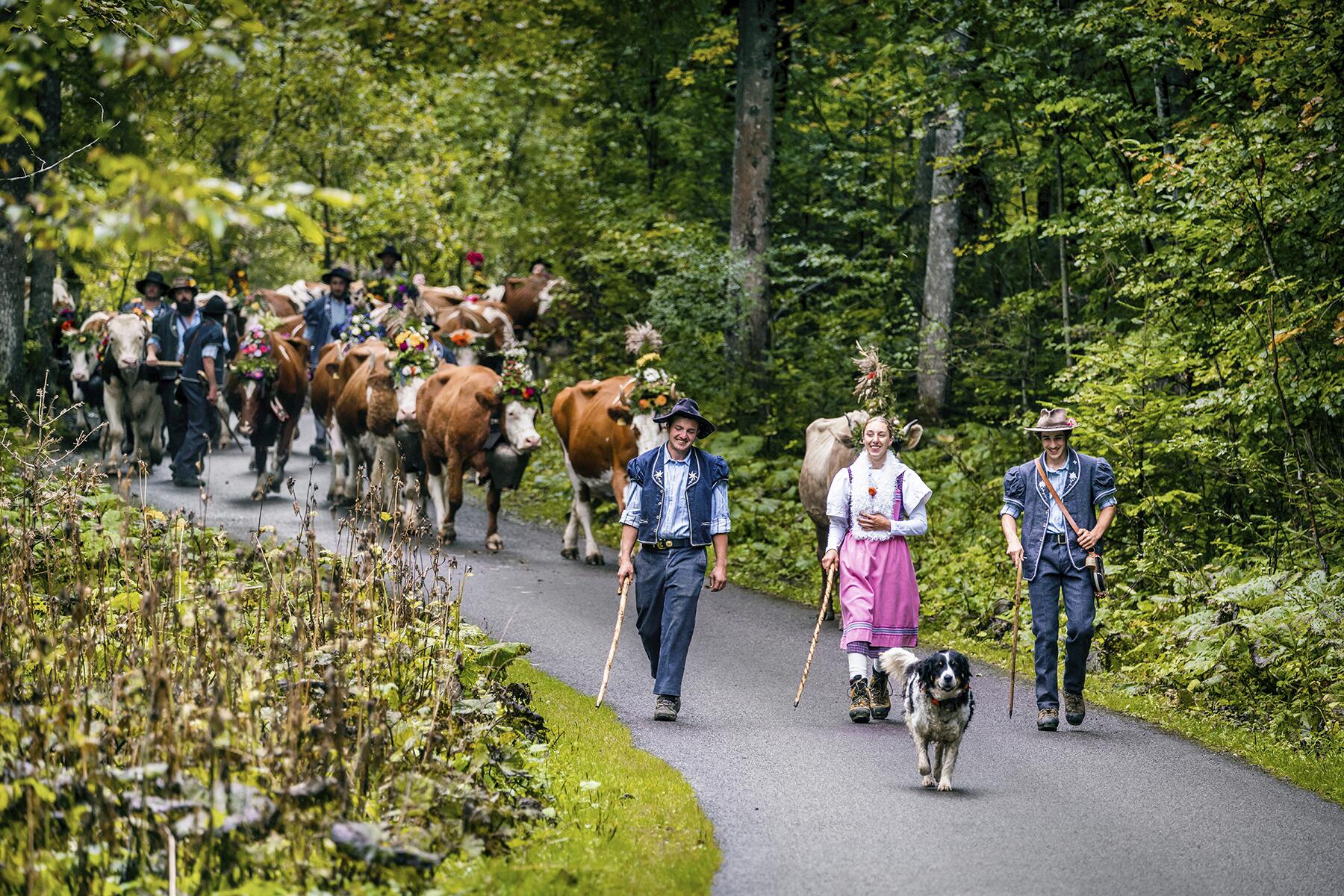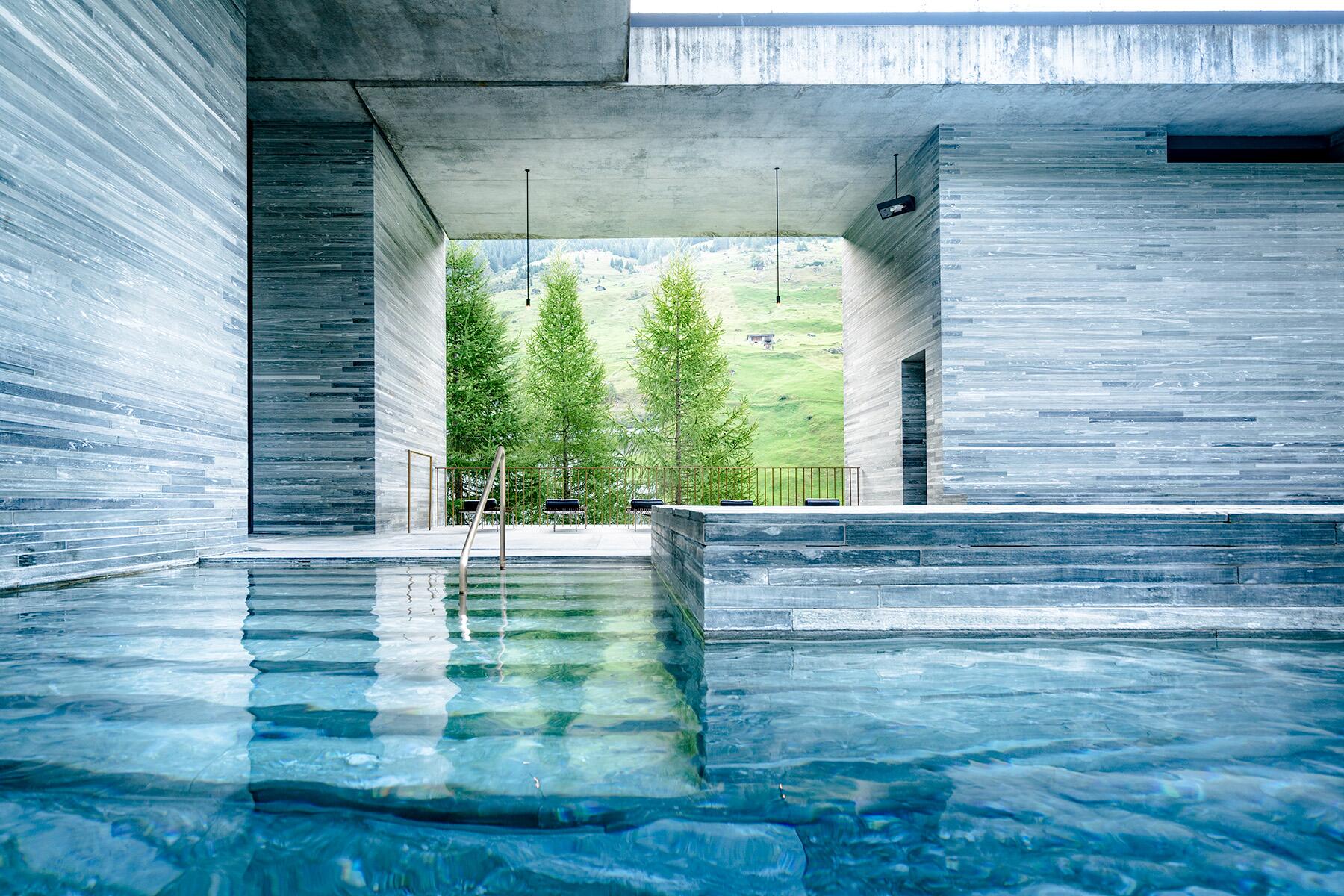Luzern and Central Switzerland
Luzern and Central Switzerland
With the mist rising off the water and the mountains looming above in the morning sun, it’s easy to understand why people are mesmerized by the inspiring terrain around Luzern. Where else can you sit and gaze at mountains, a river, and a lake plus architectural treasures like a late-medieval wooden bridge and a baroque church—all from the same sidewalk café seat? Central Switzerland's popularity with tourists has spawned an infrastructure of hotels, restaurants, museums, excursions, and transportation that makes it one of the easiest places to explore in Switzerland—and one of the most rewarding.
It was on Lake Luzern that Wilhelm Tell—the beloved Swiss national folk hero—supposedly leaped from the tyrant Gessler's boat to freedom. And it was in a meadow nearby that three furtive...
Read MoreWith the mist rising off the water and the mountains looming above in the morning sun, it’s easy to understand why people are mesmerized by the inspiring terrain around Luzern. Where else can you sit and gaze at mountains, a river, and a lake plus architectural treasures like a late-medieval wooden bridge and a baroque church—all from the same sidewalk café seat? Central Switzerland's popularity with tourists has spawned an infrastructure of hotels, restaurants, museums, excursions, and transportation that makes it one of the easiest places to explore in Switzerland—and one of the most rewarding.
It was on Lake Luzern that Wilhelm Tell—the beloved Swiss national folk hero—supposedly leaped from the tyrant Gessler's boat to freedom. And it was in a meadow nearby that three furtive rebels and their cohorts swore an oath by firelight and planted the seed of the Swiss Confederation. The Rütli Meadow on the southern leg of Lake Luzern is the very spot where the confederates of Uri, Schwyz, and Unterwalden are said to have met on the night of November 7, 1307, to renew the 1291 Oath of Allegiance—Switzerland's equivalent of the U.S. Declaration of Independence. With this oath, one of the world's oldest modern democracies was born, as the proud charter territories swore their commitment to self-rule in the face of the Habsburgs' Holy Roman Empire.
Every August 1, the Swiss national holiday, citizens gather in the meadow in remembrance of the oath, and the sky glows with the light of hundreds of mountaintop bonfires. Wilhelm Tell played an important role in that early rebellion and his story, especially as told by German poet and playwright Friedrich von Schiller in his play Wilhelm Tell (1805), continues to stir those with a weakness for civil resistance. Here, around the villages of Altdorf, Bürglen, and the stunningly picturesque lakeside Tell Chapel, thousands come to honor the memory of the rebellious archer.
Yet for all its potential for drama, central Switzerland and the area surrounding Lake Luzern are tame enough turf: neat little towns, accessible mountains, smooth roads, virtually glamour-free resorts—with modest, graceful Luzern astride the River Reuss much as it has been since the Middle Ages. An eminently civilized region, Zentralschweiz (Central Switzerland) lacks the rustic unruliness of the Valais, the spectacular extremes of the Berner Oberland, and the eccentricity of Graubünden. It's also without the sophistication and snob appeal of jet-set resorts or the cosmopolitan mix of Geneva, Basel, and Zürich. Instead, villages here range neatly around their medieval centers; houses are tidy, pastel, picture-book cottages, deep-roofed and symmetrical, each rank of windows underscored with flowers. Luzern, the capital, hosts arts festivals and great shopping, but little native industry. Serene and steady as the Reuss that laps at the piers of its ancient wooden bridges, it's an approachable city in an accessible region.
